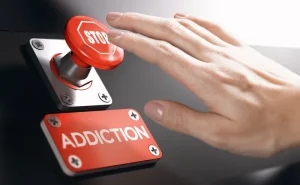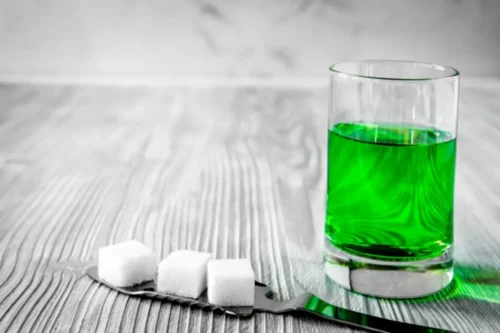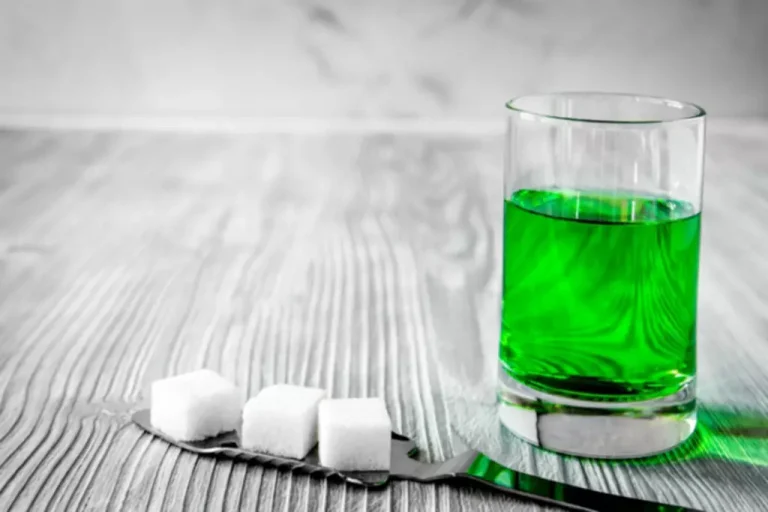
Opioid replacement therapies include methadone, buprenorphine https://ecosoberhouse.com/article/consequences-of-drinking-and-driving-dui/ (suboxone), and naltrexone. To learn more, contact a provider from this directory of OTPs in Colorado. Excessive alcohol use is a term used to describe four ways that people drink alcohol that can negatively impact health. A person can speak with a healthcare professional for guidance and support, especially someone specializing in mental health. Other risk factors may include genetic or environmental trauma, such as childhood trauma, high levels of stress, and a lack of social support.
What Is Alcoholism and How to Get Treatment

Due to its cultural significance as a common physical practice among Indians and its low to moderate activity level, yoga would be an appropriate activity for this assessment 15. There is an increasing amount of evidence documenting the beneficial impacts of physical activity on mental health, with studies examining the effects of both brief bouts of exercise and more extended periods of activity. Systematic evaluations have indicated better outcomes for mental diseases with physical activity.
- He said any alcohol ban would be “classic overreach” and then claimed it was the solution for people with mental health.
- When healthcare providers screen for AUD, they look at drinking behavior patterns within the last year to determine a diagnosis.
- Listen to relatives, friends or co-workers when they ask you to examine your drinking habits or to seek help.
- Make sure your loved one will be there but isn’t aware of what’s going on.
- The goal of clinical trials is to determine if a new test or treatment works and is safe.
National Health Observances
People will lose their jobs, get DUIs more than once, and suffer financial hardships, but still justify their drinking as only problematic. Other alcoholics will admit their drinking is out of control but can’t give up or have tried many times to stop. Denial and the unawareness that they have a mental illness and need professional care are why they don’t quit.

Learning Collaborative: Augmented Intelligence (AI) Governance
- Dialectical behavior therapy is another therapeutic approach that can benefit people struggling with alcoholism and mental illness.
- According to the National Institute on Alcohol Abuse and Alcoholism, women shouldn’t drink more than one drink per day, and men shouldn’t drink more than two drinks per day.
- A person may experience multiple mental health conditions at the same time.
- Hosted by Amy Morin, LCSW, this episode of The Verywell Mind Podcast shares strategies for coping with alcohol cravings and other addictions, featuring addiction specialist John Umhau, MD.
It also includes binge drinking — a pattern of drinking where a male has five or more drinks within two hours or a female has at least four drinks within two hours. Compounding the problem already experienced by those facing alcoholism is the progressive nature of the disease. In the early stages of alcoholism, one or two drinks may be all it takes to get the « song » to stop. Somewhere down the road, the only time the song stops is when the person is passed out. However, alcoholism has been recognized for many years by professional medical organizations as a primary, chronic, progressive, and sometimes fatal disease.

Studies using polysomnography indicated that regular exercise lowered NREM stage N1 (very light sleep) and raised REM sleep (and REM sleep continuity and performance) 22. As people age, both short- and long-term activities have increasingly deleterious effects on sleep. In general, both short- and is alcoholism a mental illness long-term exercise were found to have a favourable effect on sleep quality; however, the degree of this benefit varied substantially among different sleep components.
- High-functioning alcoholics commonly will have health problems because of heavy drinking.
- You can prevent alcohol use disorder by limiting your alcohol intake.
- This loop is a cycle where the consumption of alcohol affects and alleviates symptoms of mental distress initially, such as anxiety or depression.
- Mindfulness may also help address depression and trauma conditions that co-occur with AUD.

Updates about mental health topics, including NIMH news, upcoming events, mental disorders, funding opportunities, and research. Alcohol abuse could encompass both occasional problematic drinking and alcohol dependency. Professionals now use the term alcohol use disorder to describe the spectrum of alcohol use problems. Alcohol abuse and alcoholism both describe drinking that causes negative consequences for the drinker. Alcoholism often describes a person’s chemical dependency on alcohol and their inclination to prioritize drinking in their lives. Moderate alcohol consumption does not generally cause any psychological or physical harm.
For men, that typically is about five standard alcoholic drinks within a few hours; for women, this is four alcoholic drinks within the same period. This activity provides 0.75 CME/CE credits for physicians, physician assistants, nurses, pharmacists, and psychologists, as well as other healthcare professionals whose licensing boards accept APA or AMA credits. DBT teaches you skills to identify, understand, and regulate your emotions.
It can give you strategies to manage your emotions without resorting to self-destructive behaviors, like drinking alcohol. It teaches techniques to self-soothe, distract yourself, and ride out intense emotions until they pass. Take a look at the Alcohol Abuse Screening Quiz to see how symptoms compare. The progression of the disease is subtle, and usually takes place over such an extended period, that even the alcoholic themselves fails to notice the point at which they lost control and alcohol took over their life. When the drinkers were still relatively healthy, they could control their impulse to drink because the judgment and decision-making circuits of their prefrontal cortex would balance out those impulses. But, once addicted, substance use also disrupts prefrontal circuits.

